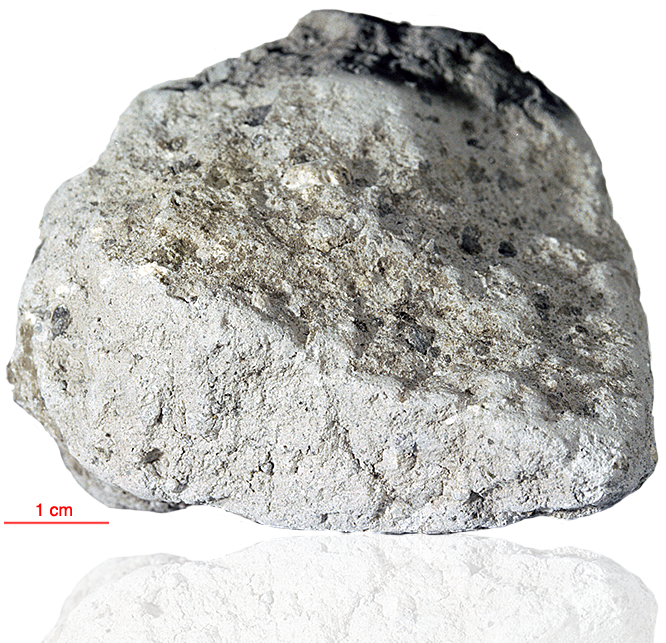
Fact sheet
61135 is a welded, clastic breccia with many components. It has a light matrix with both light and dark clasts. It has a high percent of glass, but few recognized agglutinates. Mineral clasts include dominant plagioclase, with minor amounts of pyroxene, metallic iron and troilite. Lithic fragments include granoblastic anorthosite, noritic anorthosite, basaltic (including KREEP basalt) and poikilitic impact melts.
The sample weighed 245.1 grams before analysis and has not been dated.
Further details of this and other Apollo samples are here: http://curator.jsc.nasa.gov/lunar/
The Apollo 16 landing site was in the hilly region around Descartes crater in the lunar highlands. The landing spot was chosen to allow the astronauts to gather geologically older lunar material (Descartes Formation and the Cayley Formation) than the samples obtained in the first four landings, which were in or near lunar maria.
The mission lasted 11.1 days, with a stay on the lunar surface of 71 hours. The crew were on the lunar surface for 20.2 hours during which they traversed approximately 27 kilometers and collected approximately 96 kilograms of samples.
Apollo 16 was launched on 16 April 1972.






